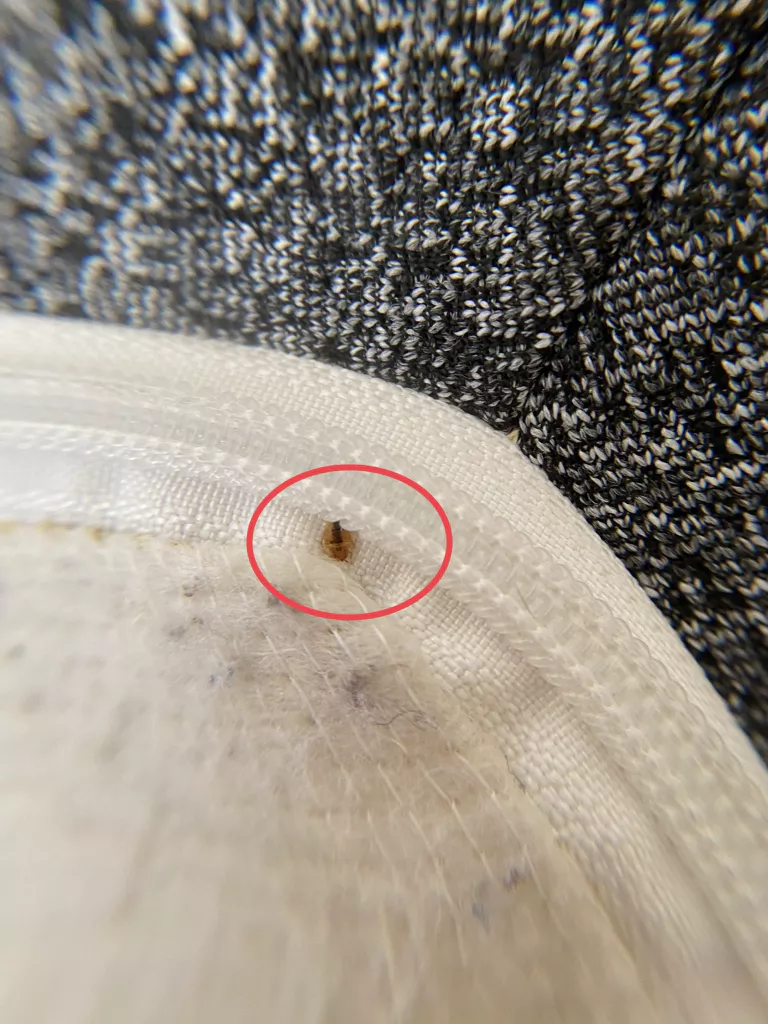Bed bugs are a persistent and unwelcome pest that can turn a peaceful night’s sleep into a nightmare. These tiny, nocturnal insects feed on human blood and can cause itching, discomfort, and sleepless nights. If you’ve discovered bed bugs in your bed, it’s crucial to act quickly to eliminate them and prevent further infestation. This blog will provide a detailed, step-by-step guide on how to get rid of bed bugs in your bed, offering practical solutions and tips to ensure your bed is bed bug-free.
Understanding Bed Bugs
Before diving into treatment methods, it’s essential to understand what bed bugs are and how they behave. Bed bugs are small, reddish-brown insects that are about the size of an apple seed. They hide in cracks and crevices during the day and come out at night to feed on blood. Their bites can cause itchy welts and allergic reactions.
Identifying a Bed Bug Infestation
The first step in dealing with bed bugs is to confirm their presence. Here are some common signs of a bed bug infestation:
- Bites and Itchy Welts: Look for small, red, itchy bumps on your skin, often in a line or cluster.
- Blood Stains: You may find small blood stains on your sheets or pillowcases.
- Dark Spots: Bed bugs leave behind dark spots of excrement on your bedding and mattress.
- Live Bugs: Spot the bugs themselves, especially in seams of the mattress, headboard, or nearby furniture.
- Eggs and Shells: Bed bug eggs are tiny and white, while their shed skins are brownish.
How to Get Rid of Bed Bugs in Your Bed: Effective Treatments
To effectively eliminate bed bugs, a combination of methods is often required. Here’s a step-by-step guide:
1. Prepare the Infested Area
- Strip the Bed: Remove all bedding, including sheets, pillowcases, and mattress covers. Wash them in hot water (at least 120°F) and dry them on high heat for 30 minutes to kill bed bugs and their eggs.
- Vacuum Thoroughly: Vacuum the entire bed, including the mattress, box spring, bed frame, and nearby carpets. Use a vacuum with a HEPA filter to trap and remove bed bugs and eggs. Dispose of the vacuum bag in a sealed plastic bag immediately after use.
2. Clean and Treat the Mattress
- Inspect and Clean: Check your mattress for signs of bed bugs. Use a stiff brush to scrub the mattress surface to dislodge eggs and bed bugs.
- Apply Bed Bug Mattress Covers: Encase the mattress and box spring in bed bug-proof covers. These covers trap any remaining bugs and prevent new ones from entering.
- Steam Treatment: Use a steam cleaner to treat the mattress. Steam heat (at least 130°F) can kill bed bugs and their eggs on contact.
3. Use Chemical Treatments
- Insecticides: Apply bed bug-specific insecticides to cracks and crevices around the bed and furniture. Look for products that are labeled for bed bug control. Follow all instructions carefully for safety.
- Bed Bug Powders: Diatomaceous earth or other bed bug powders can be applied to infested areas. These powders work by dehydrating and killing bed bugs.
4. Treat Surrounding Areas
- Clean and Treat Adjacent Areas: Bed bugs can spread to other parts of your home. Treat nearby furniture, carpets, and baseboards. Wash and dry all textiles that may have come into contact with bed bugs.
- Monitor for Reinfestation: After treatment, continue to monitor for any signs of bed bugs. Regularly check your bed and surrounding areas for any new signs of infestation.
5. Consider Professional Pest Control
- Professional Services: For severe infestations, hiring a professional pest control service may be necessary. Professionals use advanced treatments, including heat treatments and chemical fumigation, to eliminate bed bugs effectively.
Preventing Future Bed Bug Infestations
Preventing future bed bug infestations is crucial to maintaining a bed bug-free home. Here are some preventive measures:
- Inspect Second-Hand Furniture: Before bringing any second-hand furniture or bedding into your home, thoroughly inspect it for bed bugs.
- Maintain Cleanliness: Keep your home clean and clutter-free. Regularly vacuum and clean areas where bed bugs are likely to hide.
- Seal Cracks and Crevices: Seal any cracks and crevices in your home where bed bugs can hide and breed.
- Travel Smart: When traveling, inspect hotel rooms for bed bugs and keep your luggage elevated and away from the bed.
Dealing with bed bugs in your bed requires a systematic approach involving cleaning, treatment, and prevention. By following the steps outlined in this guide and using the appropriate products and techniques, you can effectively eliminate bed bugs and restore peace to your sleep. If you face a severe infestation, professional pest control services can provide additional help to ensure your home is thoroughly treated. Remember, prompt action and vigilance are key to successfully managing and preventing bed bug problems.

